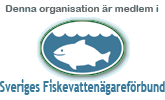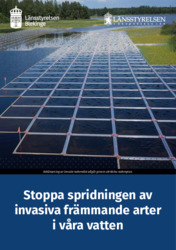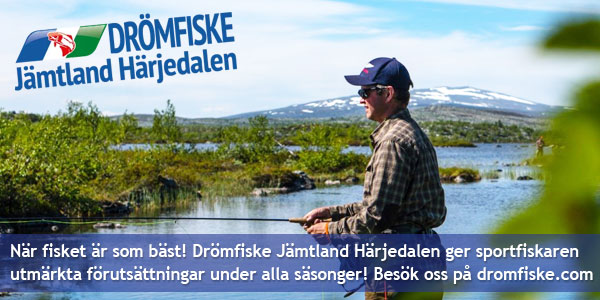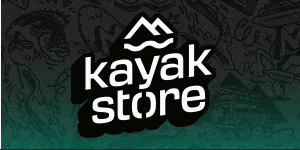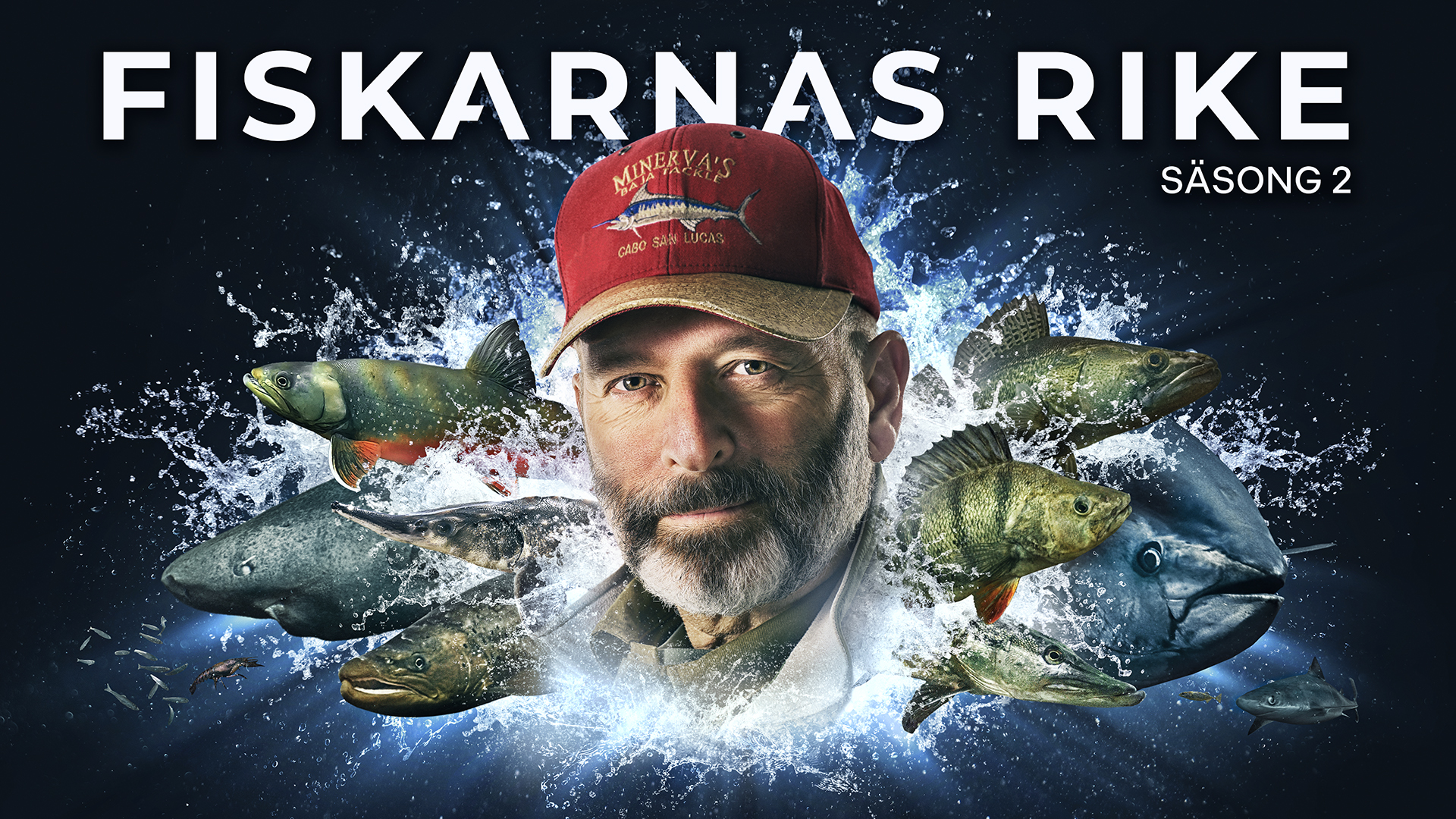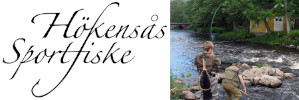Åsnens FVO
Åsnen
Welcome to Åsnen , a fishing paradise of 15,000 ha of water and with a shoreline of 740 km!
Åsnen is one of the largest fishing lakes in southern Sweden. The lake has many islands, fjords and bays which gives diversity and variety.
In the lake you can catch eg. pike, perch, pike and eel. The donkey has a rich fish fauna. In the 1999 test fishing survey, the following 14 fish species were obtained; roach, mustard, perch, sickle, bream, pacifier, pike, Norwegian, birch, sand crawler, pike, bone moss, yeast and whitefish. According to older test fish and oral information, also id, electric scratch, stone chimney, carp, trout and moth have been found in the lake.
The supply of pike in Åsnen is considered to be very good. The test fish showed a very abundant supply of perch in the Julöfjorden , Kalvsviksfjorden and Jätafjorden . In Skatelövsfjorden and Kolsvatten , the supply was assessed as good while it was less good in the Horgefjord . In the last ten years, the geese have increased a lot and the lake has become very attractive for its fine pike fishing.
The average depth is the sum of the measured depth values divided by the number of measured depth values and is usually about 1/3 of the maximum depth. The ridge is very shallow and its average depth is 3.1 m. The ridge's maximum depth is 14.2 meters but the depth ranges are small for its distribution.
The donkey is a moderately nutritious lake. The water supplied to the lake from above all the main inflow from Salen but also via Aggån is nutritious with high levels of total nitrogen and total phosphorus. The water that leaves Åsnen via the outlet at Hackekvarn is poorer in nutrition. Lakes act as traps for nutrients and it is obvious that a large part of the nutrients added remains in the lake, both trapped in the sediment and absorbed in the lake's food chain.
The soils in the Åsnen area are mainly moraine and the terrain around the lake is mainly flat. The lake is largely surrounded by woodland. At the northern bays of the lake there are grazed beach meadows and flooded food fields. There are a lot of deciduous forests in the islands (960), as well as in the south-eastern part of Åsnen.
The lake is very lush with many bays as it consists of a number of rock sinks that together form a lake. Its shoreline, mainland and islands together, is a whopping 74 miles. The lake's surrounding beaches are dominated by rocky and blocky ground with coniferous and deciduous forest. The edge of the beach consists of shrubs, rice, grass and herbs. More open beach areas are found in connection with the communities and in agriculture-intensive areas in the lake's northern fjords.
The donkey has a flat bottom topography and has over large parts very rocky and blocky bottom with many cuts and grits. Most rocks and blocks are found in the southern parts of the lake, which can be seen on the older steamboat map of the lake. (The map is included as an appendix to the fish conservation plan.)
The vegetation in Åsnen is generally moderate, is found in the shallow fjords of the lake and is dominated by leaf reed, sap and water lilies.
Help us in our work against SEA GOLD!
https://www.ifiske.se/pdf/190/Sjogull_folder_2018.pdf
Fish species



Åsnens FVO
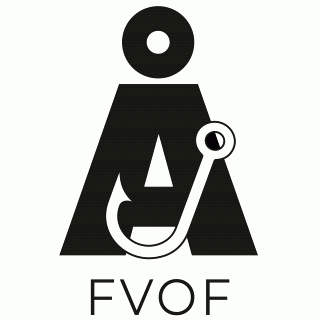
Åsnens fiskevårdsområde association manages the fish in Åsnen's fishing area in Skatelövs and Västra Torsås parishes in Alvesta municipality, Jäts and Kalvsvik parishes in Växjö municipality and Almundsryds, Urshults and Väckelsång parishes in Tingsryds municipality, Kronoberg County.
The fishery area is divided into three care areas (North, South, East) and the association's activities shall cover all fishing in the area.
The purpose of the association is to coordinate the fishing industry's fishing and fishing activities, to promote the common interests of fishermen, taking into account the regulations governing fishing activities and giving fish to the public.
Ever since the management of the fishing in Åsnen was organized, fisheries management measures were largely made up of fish stocks. Particularly intense were the expansions during the period 1930 - 1980 when the fishermen's associations of the lake mainly planted large amounts of eels and poultry in the lake. However, exposures of cyclops, whales, hunters, trout and signal scales have also occurred over the years. During the past 20 years, the release program has exclusively included gås, eel, mirror, trout and signal crayfish.
The association has published a map of the lake in 2014, and in the next few years, the deep-sea Åsnen will also have a very good fishing and boat chart.
Organization number: 802600-4229
Customer number: 190, Area: 157.Contact persons
Mikael Jeansson
Files to download
Fishing areas nearby Åsnens FVO
Affiliated fishing areas in Kronobergs län
























